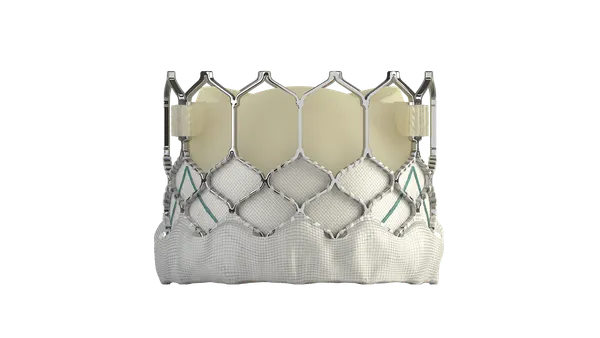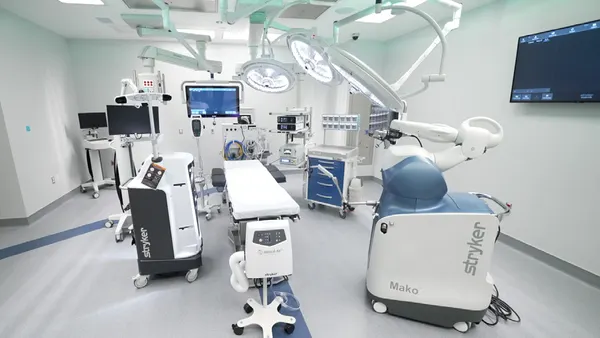Dive Brief:
- The FDA published a discussion paper on point-of-care 3D printing of medical devices in which healthcare facilities would create three-dimensional products by building successive layers of raw material such as metals, plastics and ceramics.
- The agency's document lays out the benefits and challenges of creating 3D-printed devices in healthcare settings, such as hospitals and doctor's offices, as well as a potential approach for regulatory oversight.
- While 3D printing has enabled the production of customized prosthetic limbs and orthopaedic implants, the potential to change the manufacturing of medical products could impact patient safety — creating new challenges for FDA oversight. Watchdog group ECRI in February included 3D-printed medical devices in its report on the top health technology hazards of 2021.
Dive Insight:
The FDA's Center for Devices and Radiological Health has developed an initial outline of a regulatory approach for medical devices manufactured at the point of care using 3D printing, also called additive manufacturing. The CDRH discussion paper provides three potential scenarios in which 3D printing can be used for point-of-care device manufacturing.
There are three scenarios for production: a healthcare facility using a 3D printing medical device production system, in which the manufacturer assumes responsibilities for FDA regulatory requirements; a manufacturer on or near the healthcare facility site, with the provider organization not engaging in any 3D printing activities; and a healthcare facility assuming all responsibilities in compliance with FDA regulatory requirements applicable to device manufacturers.
"3D printing at hospitals and other patient-care settings enables healthcare professionals to quickly create patient-matched devices and anatomical models for surgical planning, as well as many other uses that can help healthcare facilities rapidly respond to patient needs," CDRH's William Maisel, director of the Office of Product Evaluation and Quality, and Ed Margerrison, director of the Office of Science and Engineering Laboratories, said in a statement.
Most of the more than 100 products developed via 3D printing that have been reviewed to date by the FDA have been medical devices such as orthopaedic implants. The agency in February approved a 3D-printed medical device from Additive Orthopaedics for humanitarian use in the treatment of the rare bone disease avascular necrosis.
FDA does not regulate 3D printers but the medical devices made using 3D printing. CDRH is developing a risk-based framework for how it plans to apply existing laws and regulations that govern device manufacturing to non-traditional manufacturers like healthcare facilities that create 3D-printed devices.
CDRH's discussion paper notes that risk is an important consideration, with risks involved in both the 3D printing of a device and the actual use of the device. Given that the complexity and risk of devices vary, the paper points out that healthcare facilities "may be capable of 3D printing some devices but not others" while "other devices may not be appropriate to manufacture at the PoC based on available technology and expertise."
ECRI warned earlier this year that "without appropriate measures to manage all of the variables in the design and manufacturing processes, patient care could be adversely affected" and that "the use of an improperly created 3D-printed device could lead to procedure delays, surgical complications, infection, or patient injury."
The watchdog group made the case that healthcare providers bear increased responsibility for verifying that sufficient quality assurance measures have been followed.
"Healthcare facilities should establish a written acceptance policy specifying the need to approve the object design, as well as the quality of the finished device, before a 3D-printed patient-specific medical device is accepted for clinical use," ECRI stated.
FDA in late 2017 issued guidance for device manufacturers on technical aspects of 3D printing and clarified its recommendations on submissions for 3D-printed medical devices. However, the agency's guidance was only intended to provide the FDA’s "initial thoughts" on the emerging technology as it continues to evolve.
Friday's release of the CDRH discussion paper, which is available for comment for 60 days, is not meant as guidance but in order to gather feedback from the public to inform future policy development. FDA said it expects to issue draft guidance on 3D printing of devices at the point of care after considering public comments on the paper.












